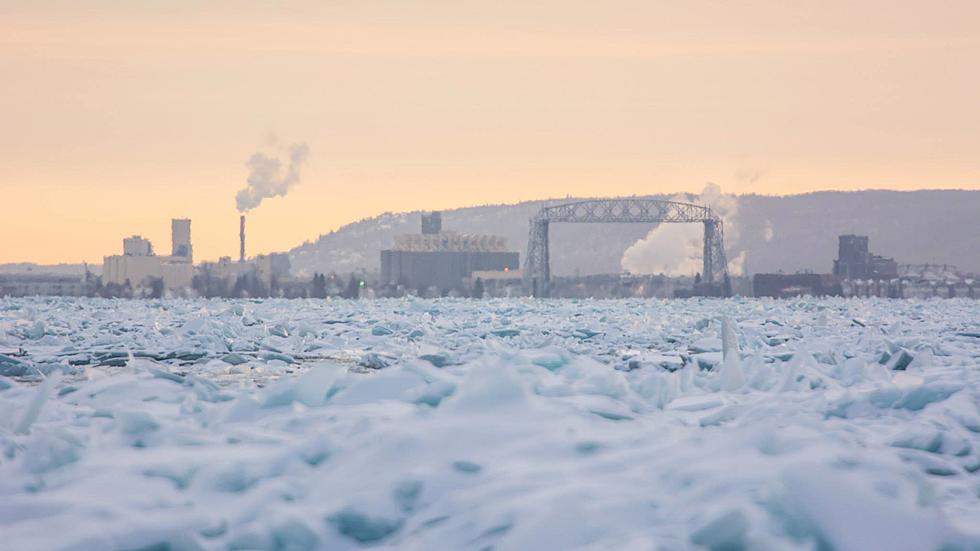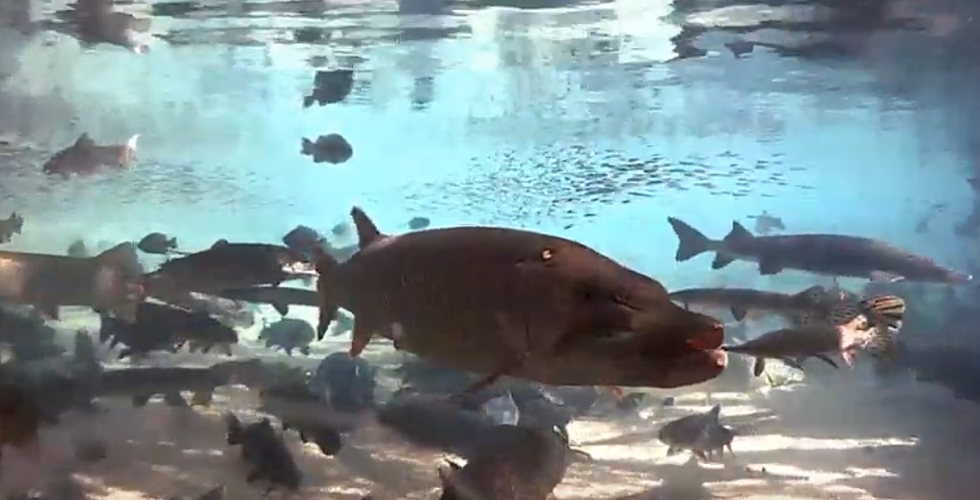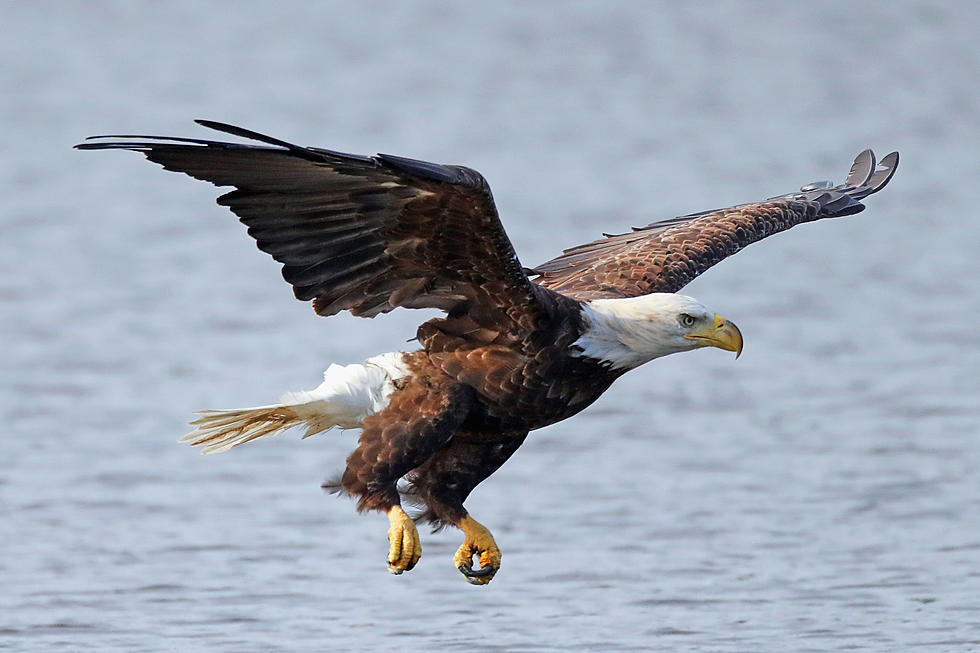
Lake Superior Roe: Caviar Or Not?
An interesting article in the Seiche - the publication of Minnesota Sea Grant seeks to answer the question as to whether or not fish eggs cultivated from the depths of Lake Superior can really be called caviar.
In some ways the answer is similar to question is similar to the champagne/sparkling wine dilema.
"Caviar" technically refers to the processed roe of wild sturgeons living in the Caspian or Black seas. However, the unfertilized eggs of other fish from other places are often harvested and sold as forms of caviar with descriptive labels like "golden whitefish caviar," which is a product of whitefish from Lake Superior and elsewhere.
"Lake Superior bluefin caviar" (thatss löjrom to all of you Swedish shoppers out there) comes from cicoes caught off Minnesota’s North Shore. In October and November, ciscoes (a.k.a. lake herring, Coregonus artedi) congregate to spawn. During this time, Lake Superior commercial fishermen are netting tons of the tasty fish as well as harvesting a $3-per-ounce international delicacy in the form of billions of cisco eggs.
Interestingly enough, Lake Superior cisco eggs are exported to other countries for consumtion.
Grand Marais' Dockside Fish Market, co-owned by Shele Toftey - processes Lake Superior cisco eggs.
Toftey estimates she and her husband process around 65,000 pounds of cisco caviar per year before sending most to Interlaken Fisheries, an exporter of fillets, minced fish, roes, and fish byproducts.
Interlaken quickly ships the frozen cisco caviar to Sweden and other Scandanavian countries, where homegrown löjrom is in short supply due to depleted fish stocks. A small fraction of the Lake Superior roe becomes haute cuisine in swanky New York restaurants.
But don't worry "foodies" - some of that Lake Superior "caviar" is kept right here.
The Tofteys keep some of the "Superior gold" in Grand Marais, where it is becoming more popular.
"It grows on you," said Toftey. "I think it's great. Most caviar is so salty, but this is milder."
More From KOOL 101.7



![Unbelievable! A Bald Eagle In Wisconsin Swam In A Lake And Dragged A Massive Carp Onto The Shore [VIDEO]](http://townsquare.media/site/164/files/2021/11/attachment-RS24642_GettyImages-540230992.jpeg?w=980&q=75)





